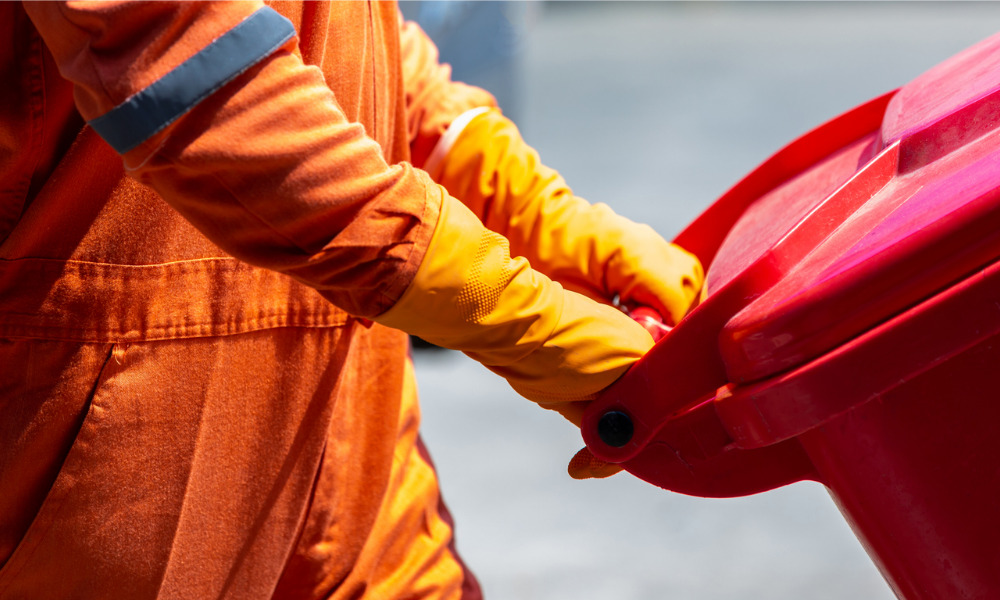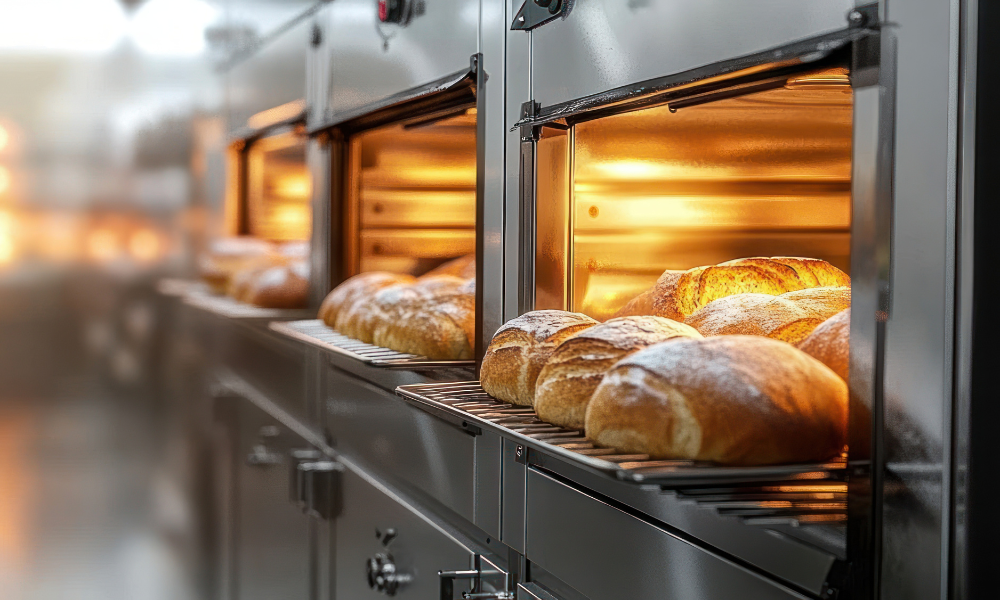Incorrect waste disposal poses a huge threat to worker health and safety

In many industries, hazardous waste disposal is key to a smoothly running workplace and is often a concern for OHS professionals. This is especially important in sectors such as construction, manufacturing, utilities and even healthcare where hazardous substances are frequently used and, if not disposed of properly, could pose a serious threat to worker health and safety. Disposal of COVID PPE has notably been a point of concern – even in offices (here are some ways workplaces can safely dispose of pandemic PPE).
“Hazardous waste transportation and processing are highly regulated and complex processes that must be efficiently integrated into the generator’s hazardous materials handling procedures,” writes Doug Smith for COS (generators are companies that create – or generate – hazardous waste).
To ensure that waste is disposed of safely and efficiently, here are eight things to look into to help ensure worker safety.
1. Check government guidelines. The Canadian Centre for Occupational Health and Safety (CCOHS) says that businesses and organizations should always review federal, provincial and municipal guidelines to ensure that they are correctly disposing of hazardous waste, as guidelines may vary depending on each jurisdiction.
2. Categorize the waste. The best way to start is to classify and categorize the waste. Biffa says that waste must include descriptions such as the name of the substance(s), the process that produced the waste and any specific problems or knowledge requirements relative to the waste.
3. Separate the hazardous waste. As part of the previous classification process, hazardous waste must be properly batched and separated to avoid any potentially harmful interactions between substances.
4. Do not mix hazardous and regular waste. Hazardous waste MUST NOT be mixed with regular waste, this may cause potential danger for unsuspecting waste workers who may unknowingly come into contact with these dangerous substances.
5. Do not mix incompatible substances in a container. Ensure that you are using the adequate container for each type of waste, as some waste may negatively or dangerously interact with the container – creating a potential danger for workers and those disposing of the way. It is also important to not mix different substances in the same container, as this may cause dangerous spills, fires and even explosions.
6. Store waste materials properly. Writing for DeltaNet International, Charlotte O’Farrell says that as there may be a wait until hazardous waste is transported away, it is key to safely store it away from ordinary waste as it may, for example, pose a fire risk.
7. Do not overfill liquid waste containers – this is to ensure that there is no spillage, which could create unsafe conditions for workers, especially if those liquids are hazardous chemicals.
8. Do not reuse containers, and use containers that are adapted to the waste. The CCOHS says that unless used containers may contain toxic residue, and should be disposed of unless they can be safely cleaned and decontaminated.





